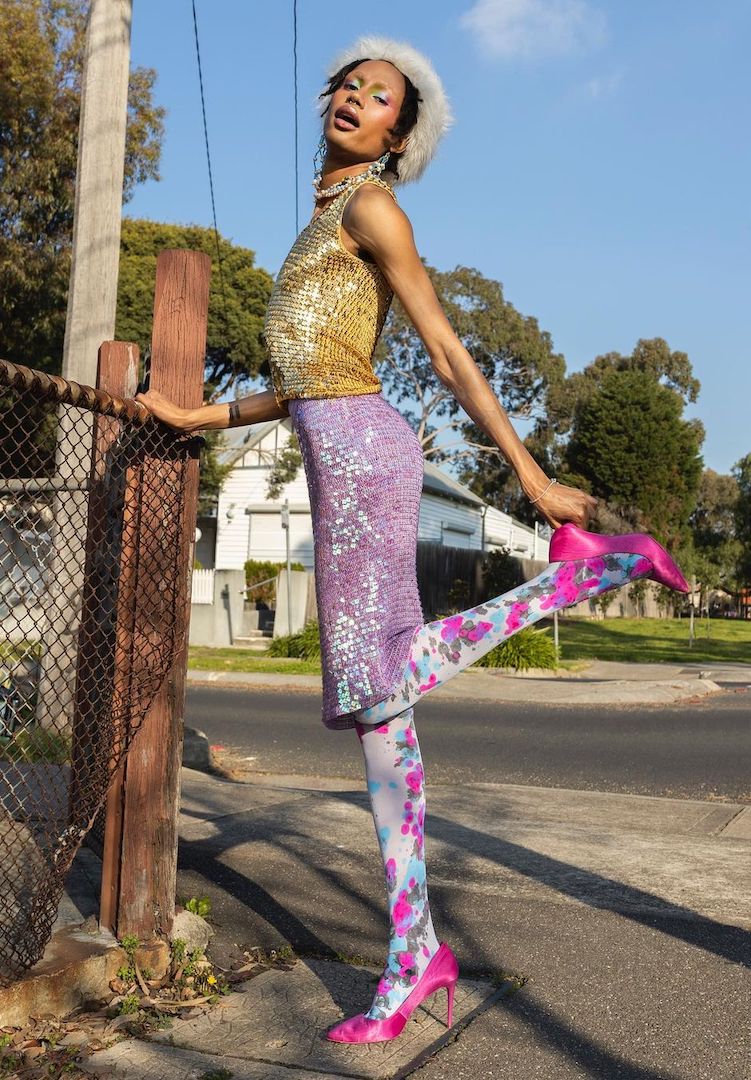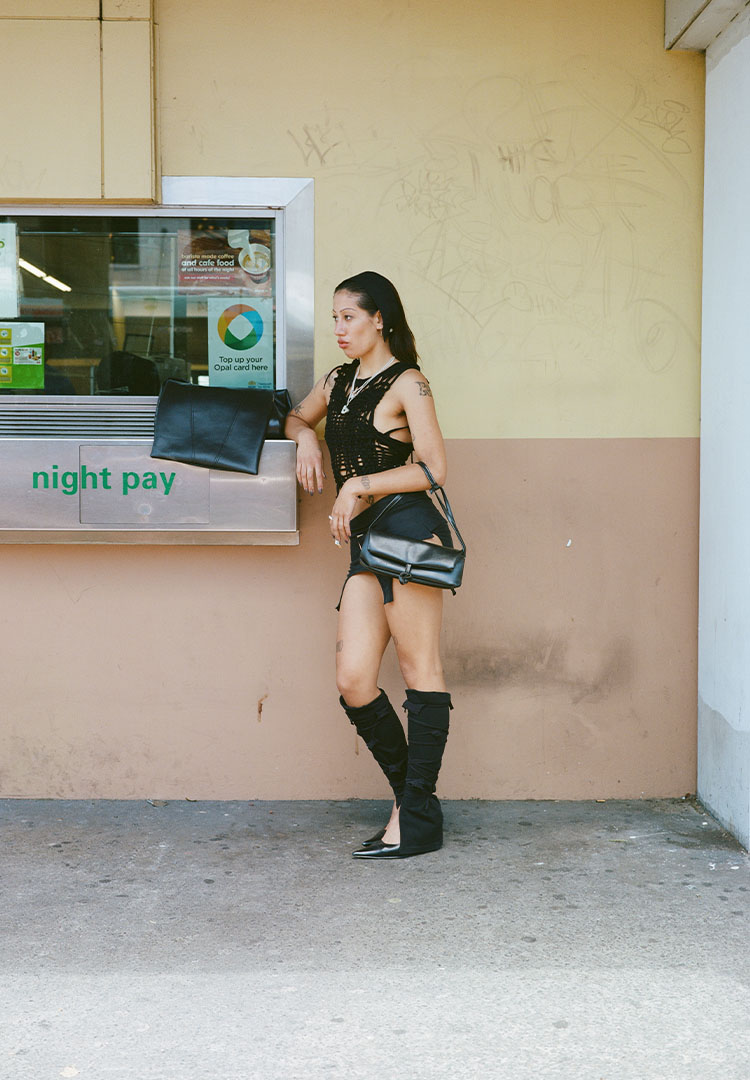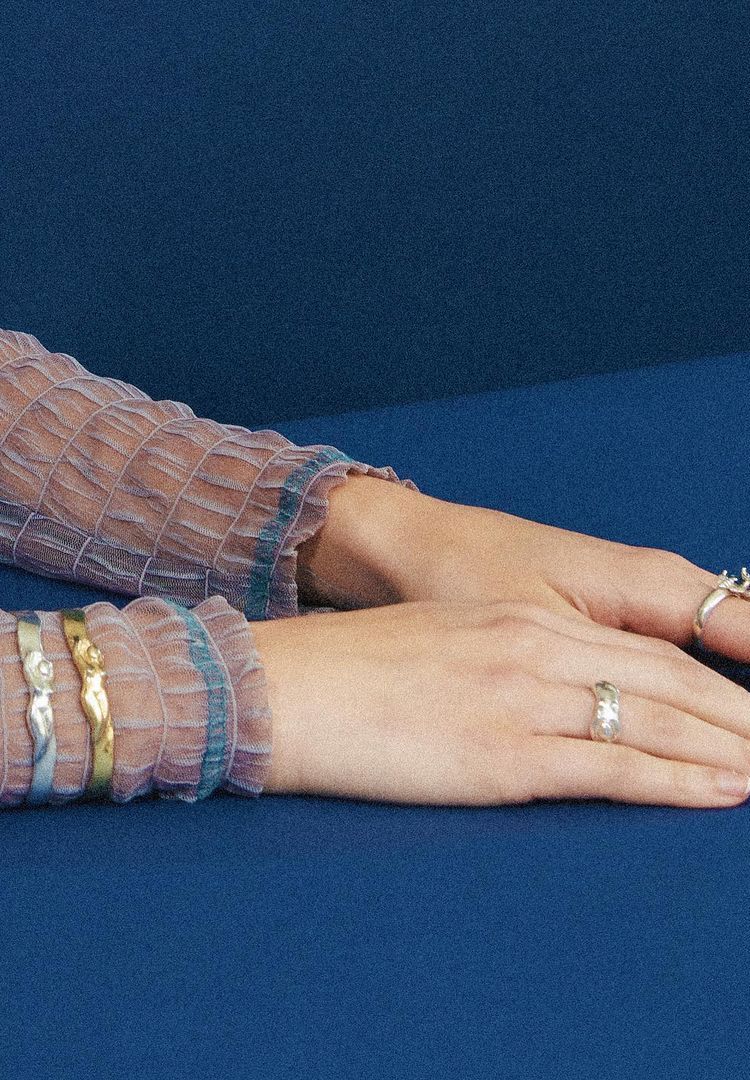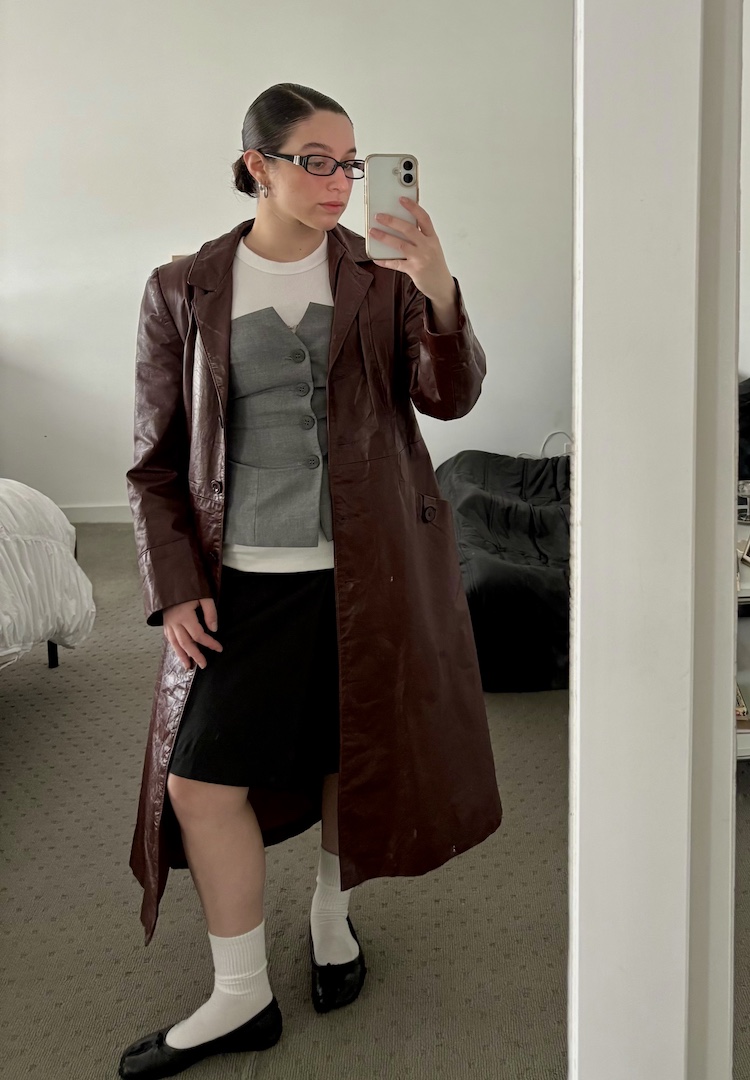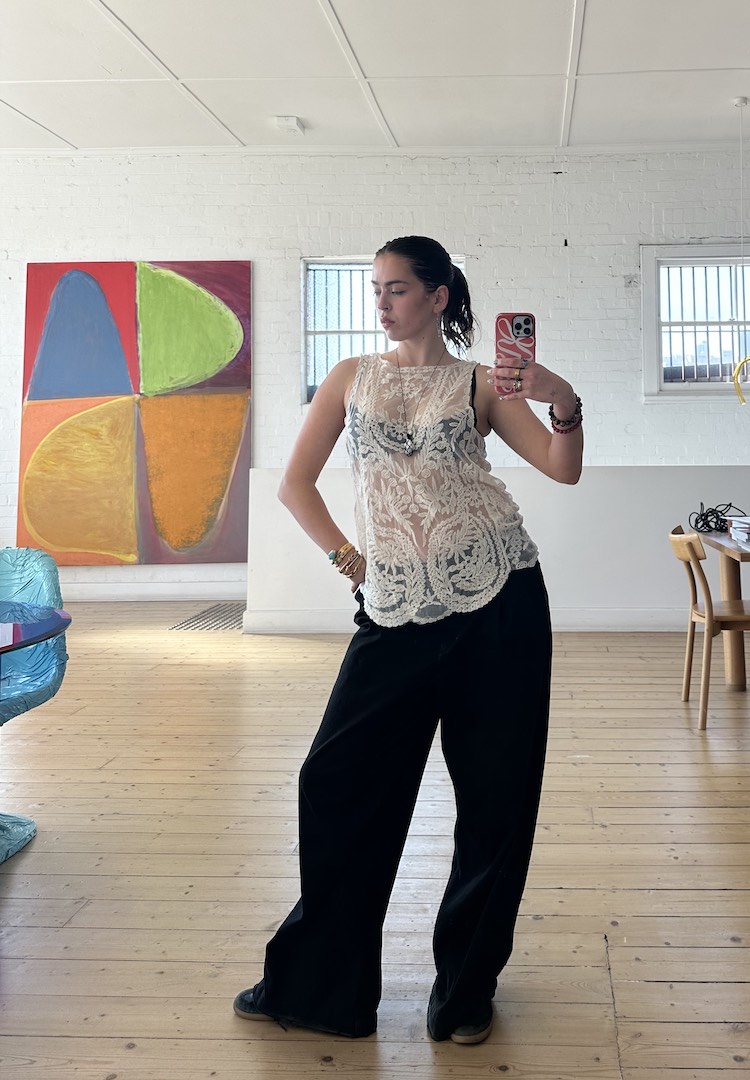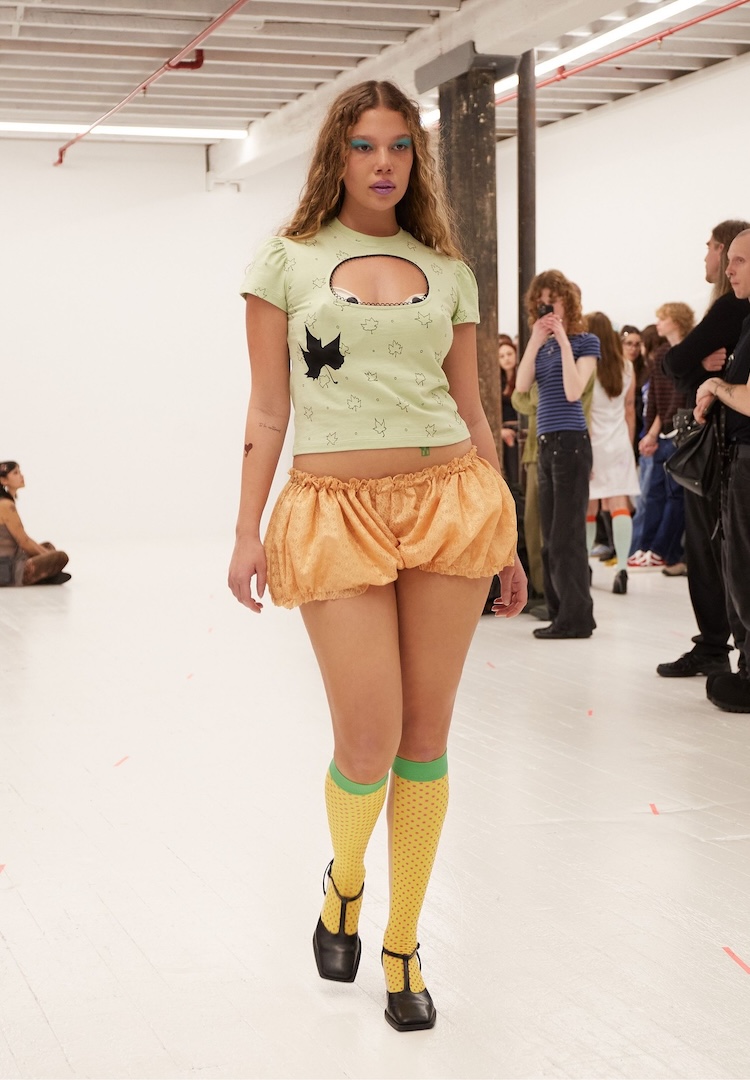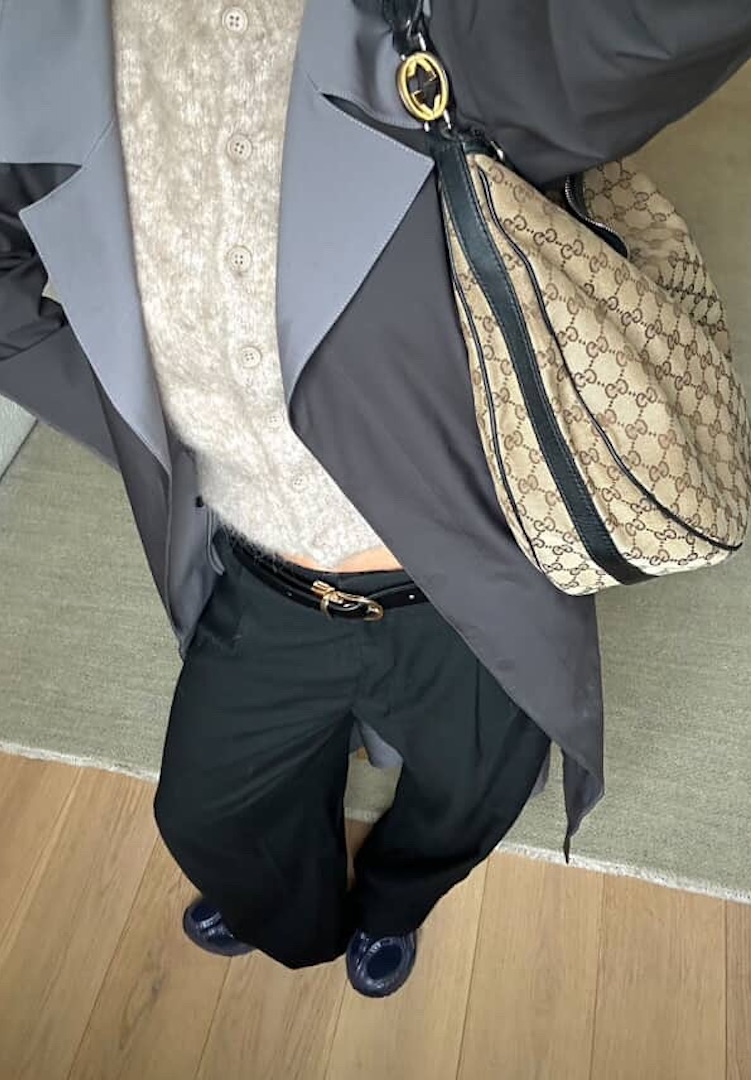Sydney-based fashion project Trashion is creating subversive pieces from found materials
PHOTOGRAPHY BY Oli Poignand
WORDS BY IZZY WIGHT
“Cute, Mad Max, post-apocalyptic fashion.”
For Netherlands-born, Sydney-based creative Alba Maria Tijm, the most challenging part about creating clothing was finding the materials. Her fashion project, titled Trashion, is made entirely of found and repurposed textiles. “Think of a coat made from a leather couch, bags from chairs, hats from suitcases, dresses from sheets… ” she explains.
For more fashion news, shoots, articles and features, head to our Fashion section.
The handmade pieces, naturally dyed in earthy shades of brown, orange and pale yellow, are the product of Alba’s anti-fast fashion ethos. Aside from the mindfully-made clothing, Trashion “focuses on educating people on the negative impact of the fast fashion industry through events such as clothes swaps, interactive exhibitions and sewing classes”. Below, Alba speaks on the Trashion journey so far.
Tell us about you. What’s your fashion background?
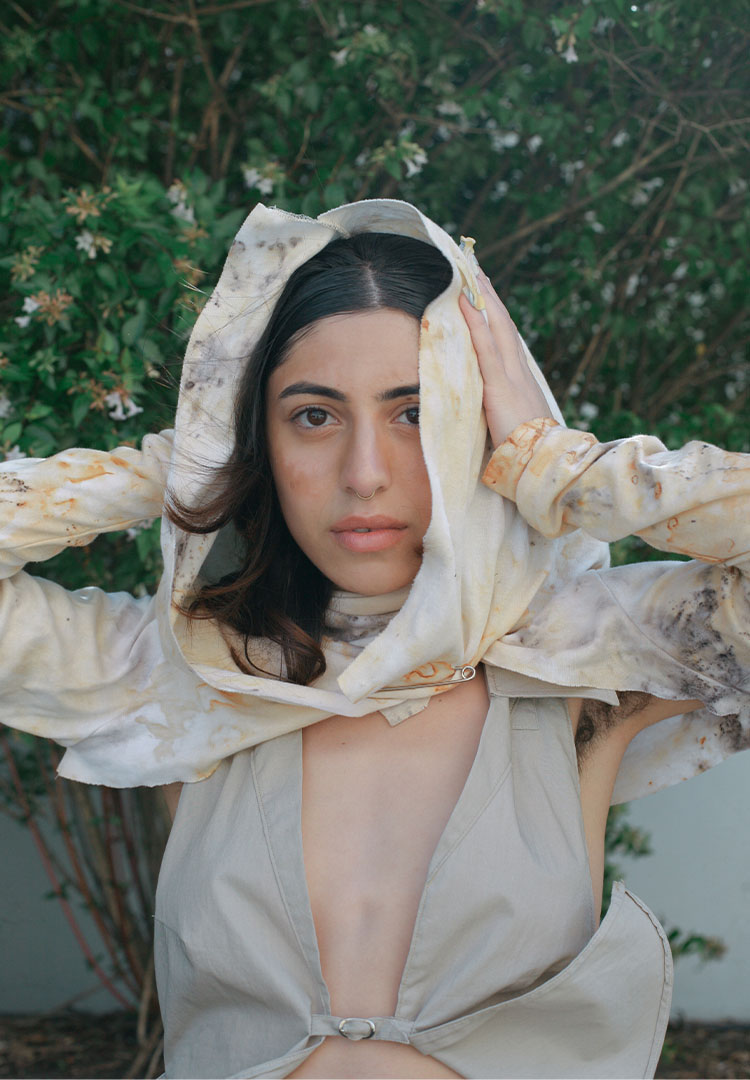
I have been living in Australia for three and a half years now, I grew up in the Netherlands and studied fashion design in Amsterdam. My mum used to live in a squat in the city where she had a secondhand shop in the ’80s and ’90s. When I was little and she quit to be a full-time mum, she kept all those clothes in our attic where I would play dress up.
I wanted to wear the clothes, so Mum taught me how to sew and alter clothes when I was around eight. We didn’t have a lot of money so we would go op shopping and have afternoons where we would up-cycle our finds. That has always been my way of dressing myself. I never buy any new clothes. That, together with the urge to bring attention to the negative impacts of the fast fashion industry, creates my ethos for Trashion.
How did the label get started? Talk us through the process and the challenges.
I received a grant from the City Of Sydney to create an interactive exhibit on the negative impacts of the fast fashion industry. For the exhibit, I created a collection made of materials I found on the streets here in Sydney. Think of a coat made from a leather couch, bags from chairs, hats from suitcases, dresses from sheets, etc. Most of them are dyed with homemade natural dyes.
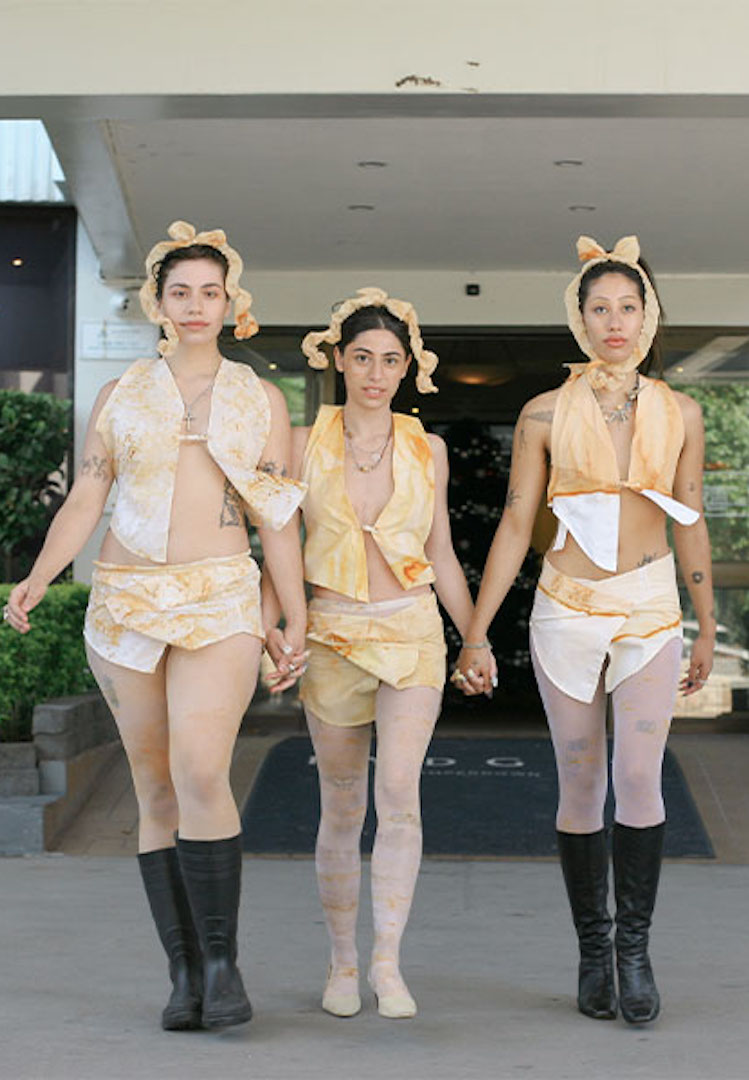
The exhibit also included events such as donation-based sewing classes, a clothes swap and documentary screenings. The exhibit ran for two weeks at 107 in Redfern, and they offered me a studio. People showed their interest in buying the pieces from the exhibit which, in combination with the studio, motivated me to put myself out there and create my first actual collection.
The challenge for me was material sourcing. The Trashion ethos keeps me from buying any new materials, from machine thread to buttons and zippers. This is also the reason why most of my pieces are one-offs and all unique.
What I find most challenging with designing clothes is the fact that anything is possible to make. Creating a certain ‘box’ for yourself (like I do with material use) allows you to take away this feeling of being overwhelmed by inspiration and create work within self-created parameters… [this] then allows for… [you to] draw inspiration from unexpected places within yourself.
What were you trying to achieve from the project at the time? How has this evolved and what are you trying to communicate through the brand now?

The project was purely to educate people on the negative impacts of the fast fashion industry… through donation-based sewing classes and other events. This still is the main ethos that drives Trashion.
Trashion hosts clothes swaps at 107 every couple of months and I am working on bringing the sewing classes back in a more permanent way by starting a space (in the first half of this year hopefully) where that will be combined together with a sustainable fabric shop, gallery and makers’ store. The exhibit is permanently up on my website for anyone who wants to read up on fast fashion.
How would you describe Trashion to someone who’s never seen it before?
Well recently, Niamh from Ramp Tramp Tramp Stamp (RTTS) described it as “cute, Mad Max, post-apocalyptic fashion”. What I love about the pieces is that they’re real statements, but they completely change with the person who wears them.
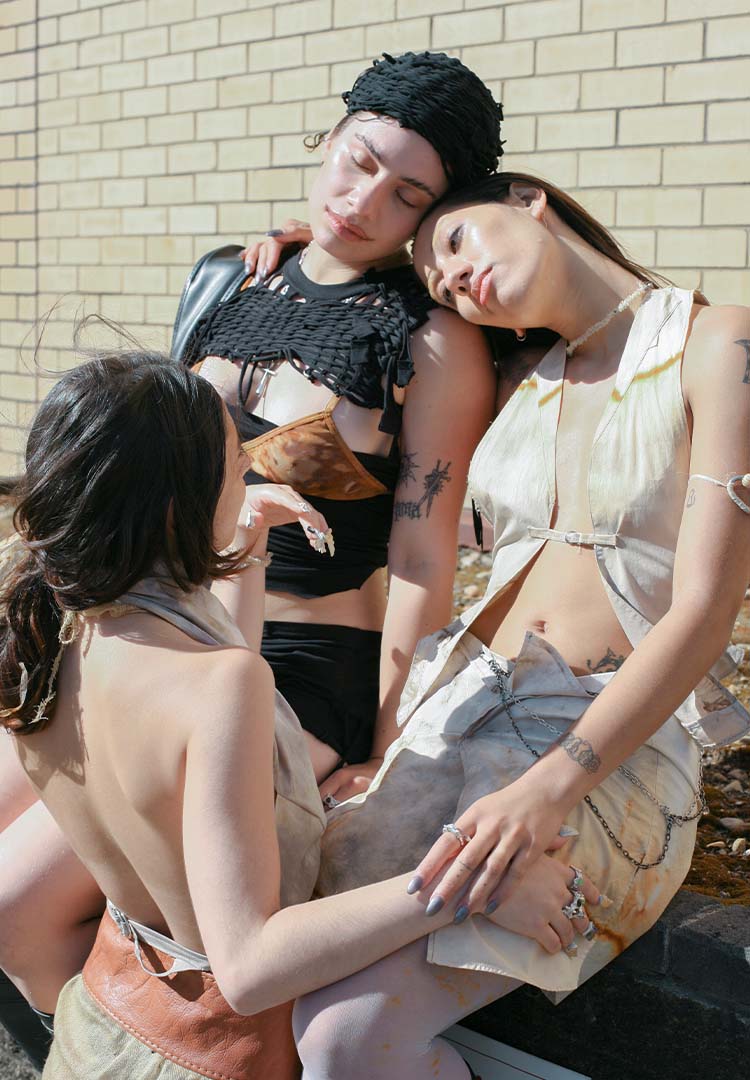
They are really able to adapt. Quite like me, actually. I’m working on my new collection now which is quite different and similar at the same time, it plays with familiarity and theatrical shift. Trash core.
What are you most proud of in your work on your brand?
Just doing it, showing up for it [and] myself and my creative inner child. Having fun creating and stepping over the fears of putting yourself out there… the ‘Is this me?’ and ‘Is this finished?’.
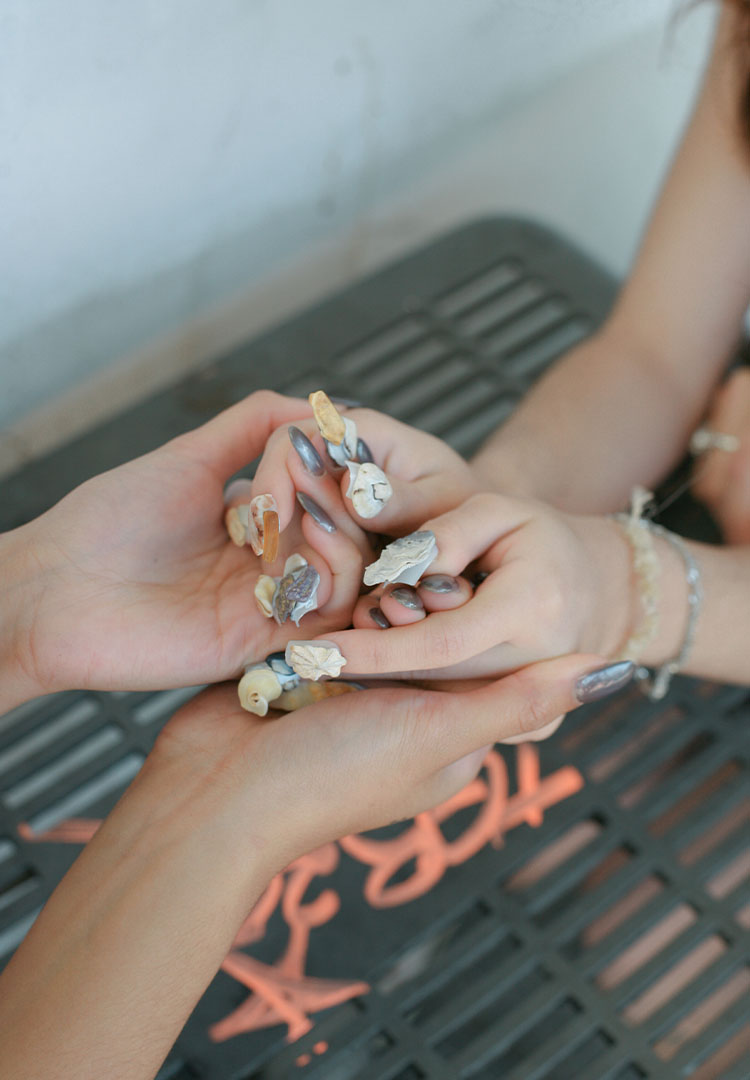
Because it never is… you’re ever-changing, ever-learning and growing and your work grows and changes with you. A piece might never be fully finished… which is all the more reason to put it out there, receive feedback [and] move on to the next thing.
What do you wish you knew when you started?
I’ve started a few times. When I lived in Amsterdam, Trashion was called ‘Wkndmarket’. I was young and put the other creatives I was around on a pedestal. This made me never fully believe in myself as a creative and I constantly compared myself to others, creating doubt within myself that translated into my work. Trashion started from a place of self-love and acceptance.
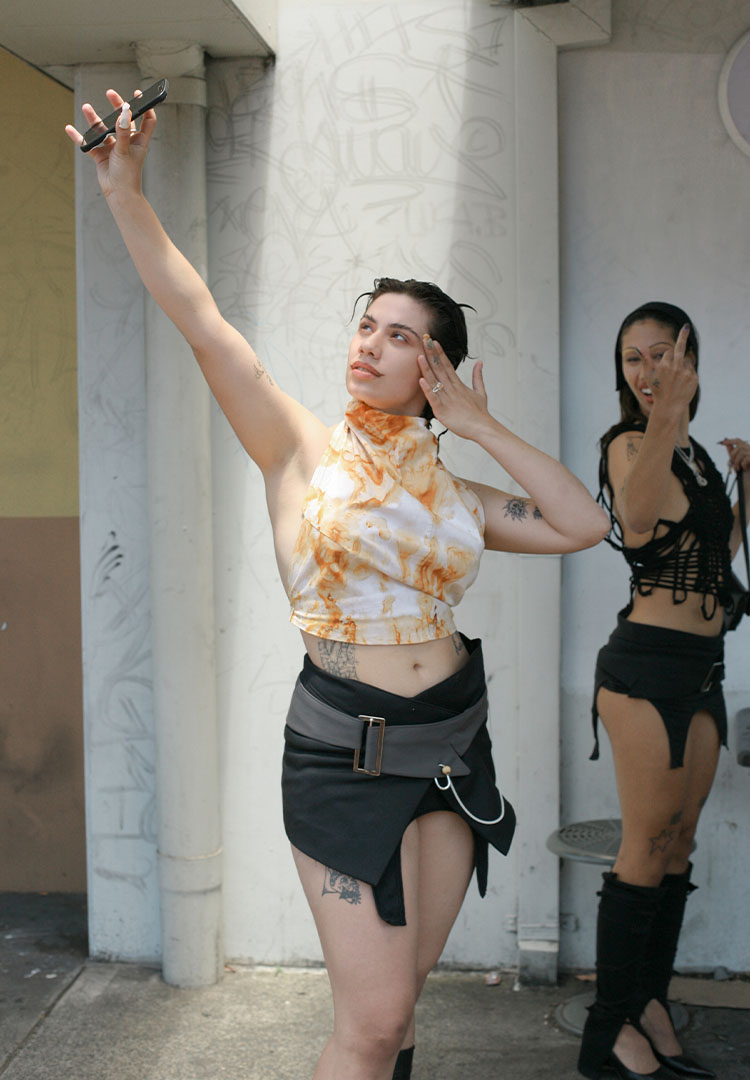
You only learn from actually doing it, being in it. I am learning how to be good at posting on Insta, building a website, writing a business plan, etc. I don’t think you’re ever fully ‘ready’… chaos and harmony bleeding into one another give the most room for acceptance and growth.
Who do you think is most exciting in the Australian/NZ fashion scene right now?
Well, I love RTTS and what Niamh does for small makers. The people that are stocked [in the store] are who the mainstream Australian fashion scene should be representing more. I am a big fan of the Naarm-based jewellery label Bleach Jewellery. Gotta give them a big shoutout. Also, I don’t know who runs this but @ingredient on Depop is a dream. Makers that create for the love of creating really stand out.
What about the Australian/NZ fashion scene needs to change?
I think the Australian (underground) art and fashion scene is so progressive and has so much to offer in terms of small makers, photographers, stylists and other creatives. It would put Australia on the map if the mainstream fashion scene would push the boundaries a bit.
Who is in your wardrobe right now?
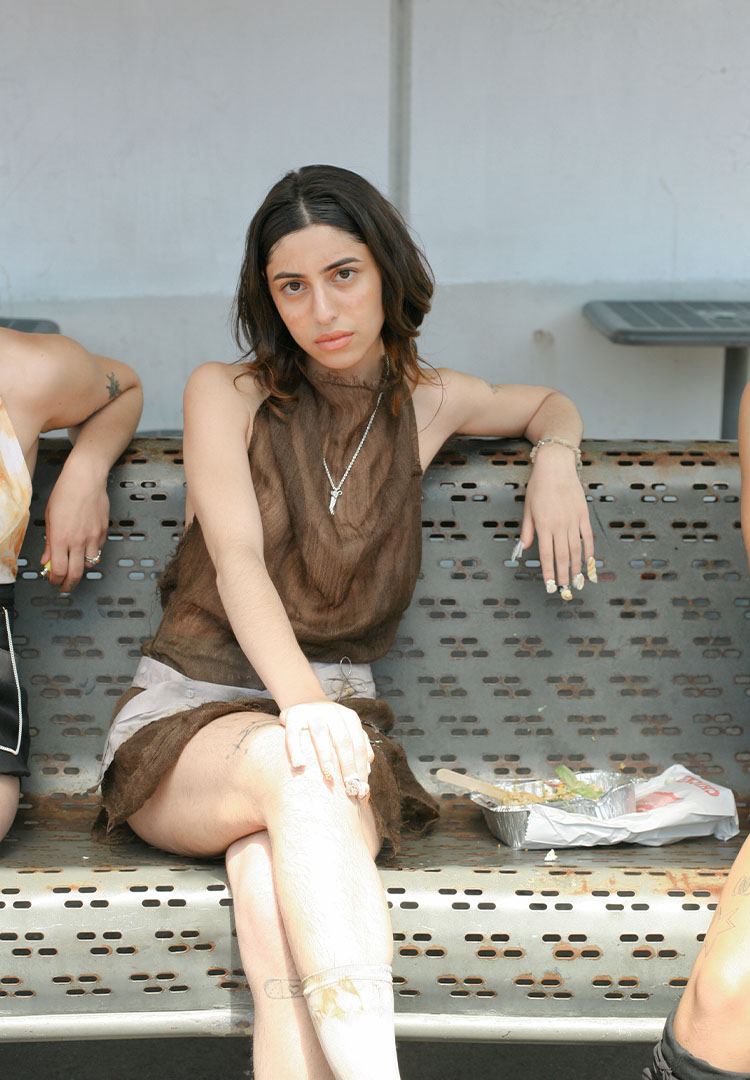
A bunch of random finds from my clothes swaps, Rtts and Diaspora. Also Bleach Jewellery!
How can we buy one of your pieces?
On my website and at Rtts.land.
Anything else to add?
Be kind to the planet, yourself and each other.
For more Trashion, head here.

